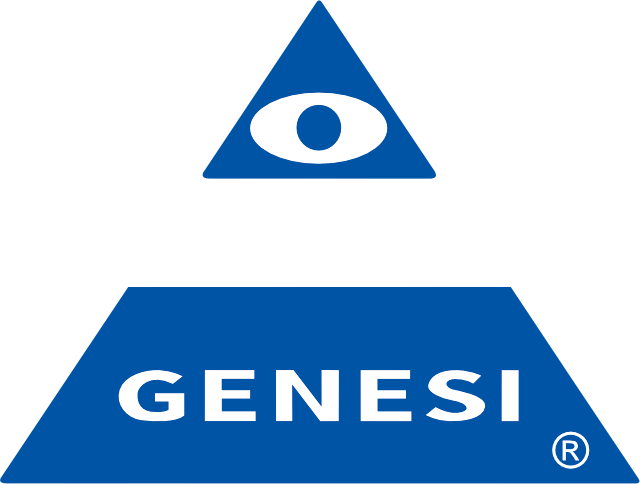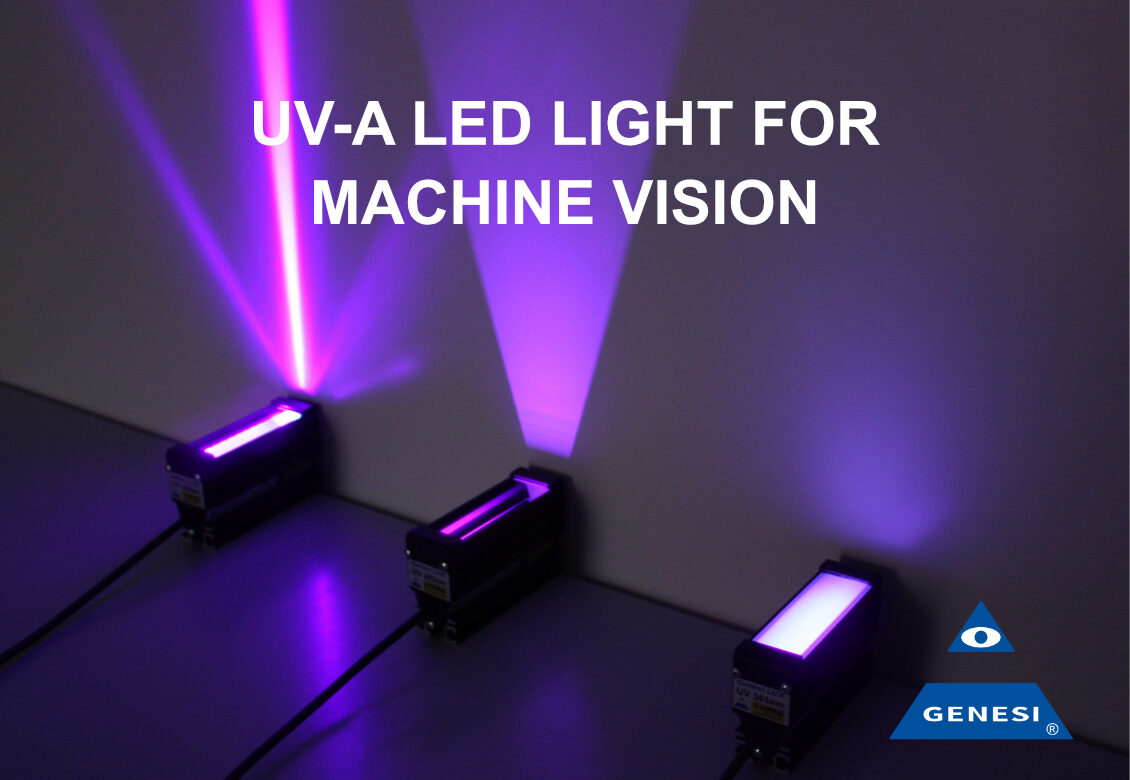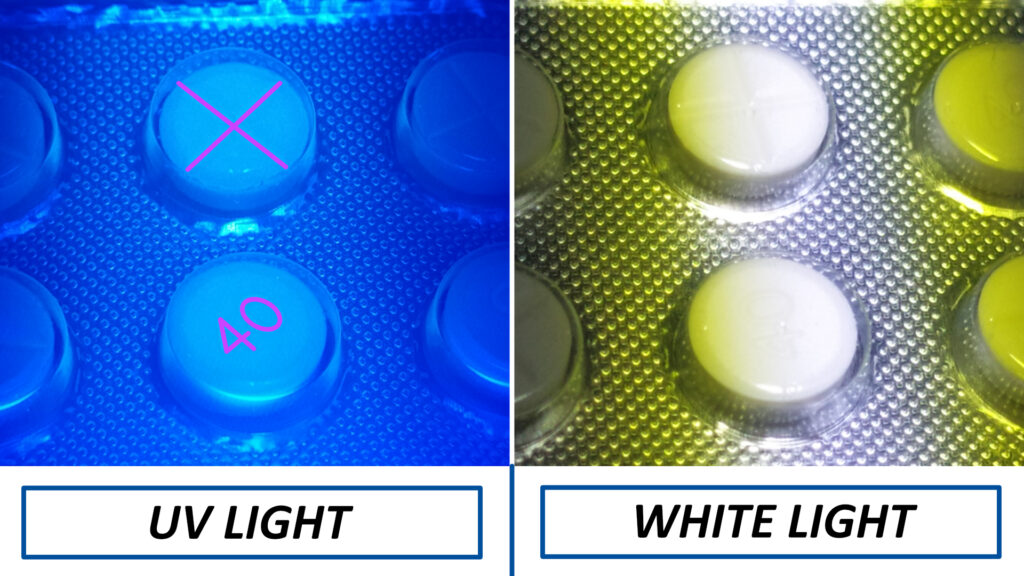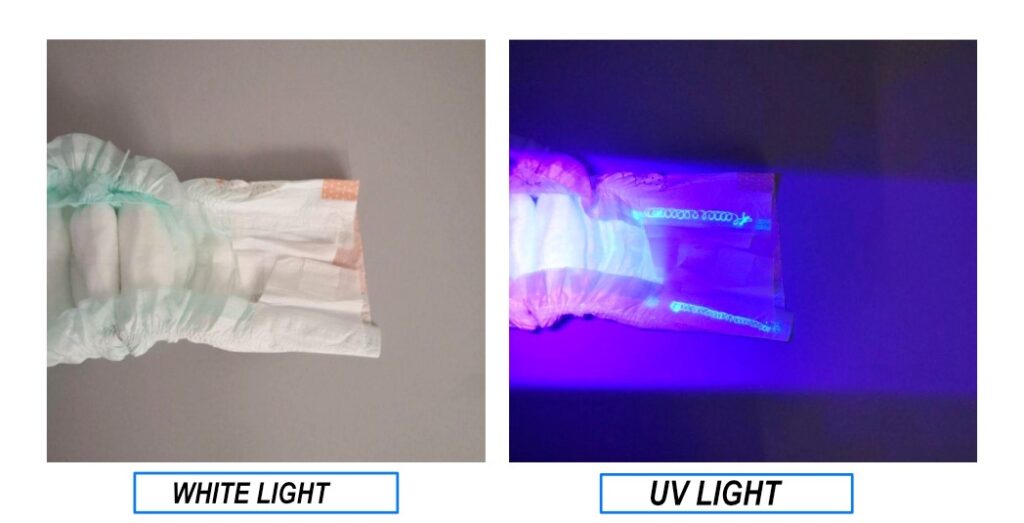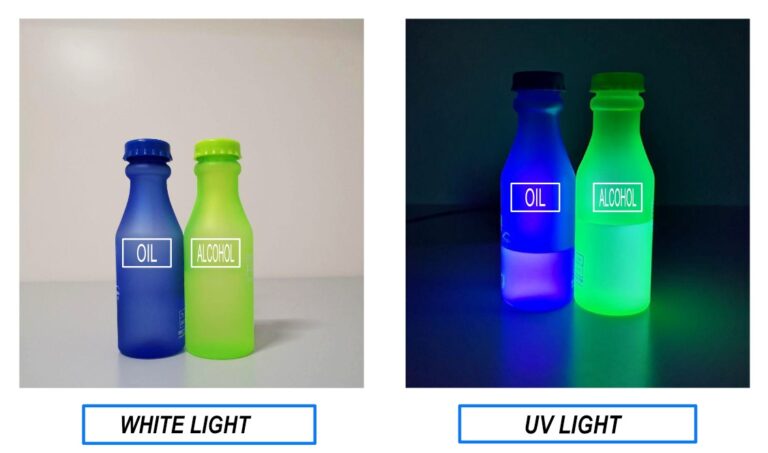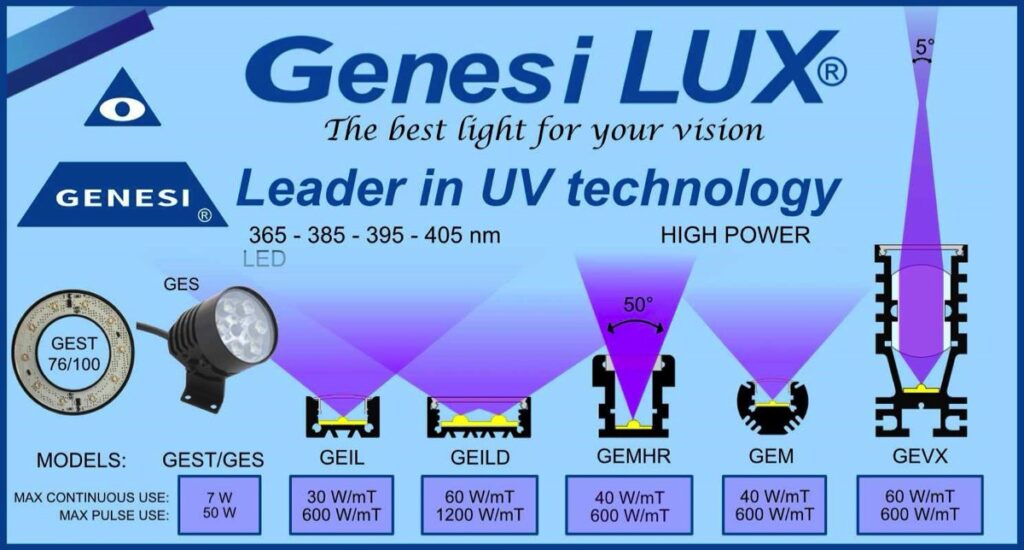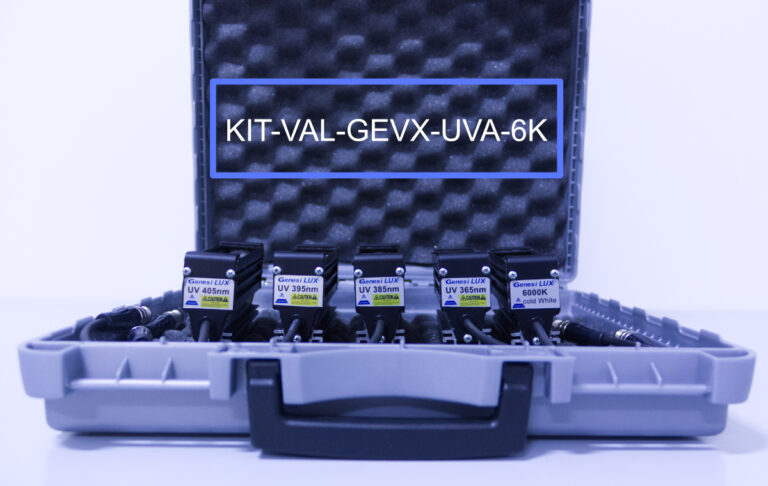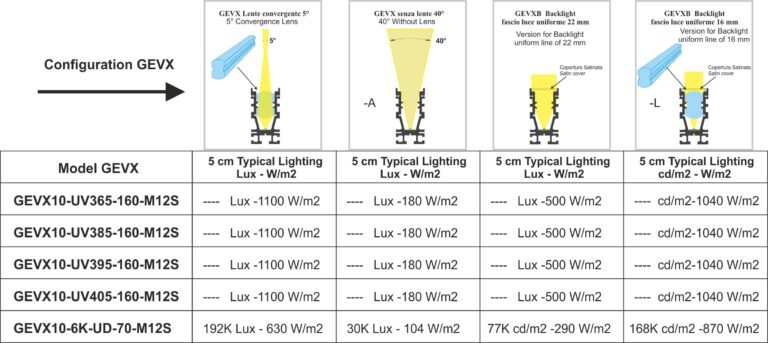Genesi Elettronica Srl
Via Vittorio Bachelet, 3, 41057 Spilamberto MO
- © 2024 Genesi Elettronica Srl
- P.IVA IT02100940366
- Legal Notes
- Privacy Policy
- Cookie Policy
- This site is protected by reCAPTCHA and the Google Privacy Policy
- Terms of Service
- Website by NewLogic srl
- © 2024 Genesi Elettronica Srl
- P.IVA IT02100940366
- Legal Notes
- Privacy Policy
- Cookie Policy
- This site is protected by reCAPTCHA and the Google Privacy Policy
- Terms of Service
- Website by NewLogic srl
